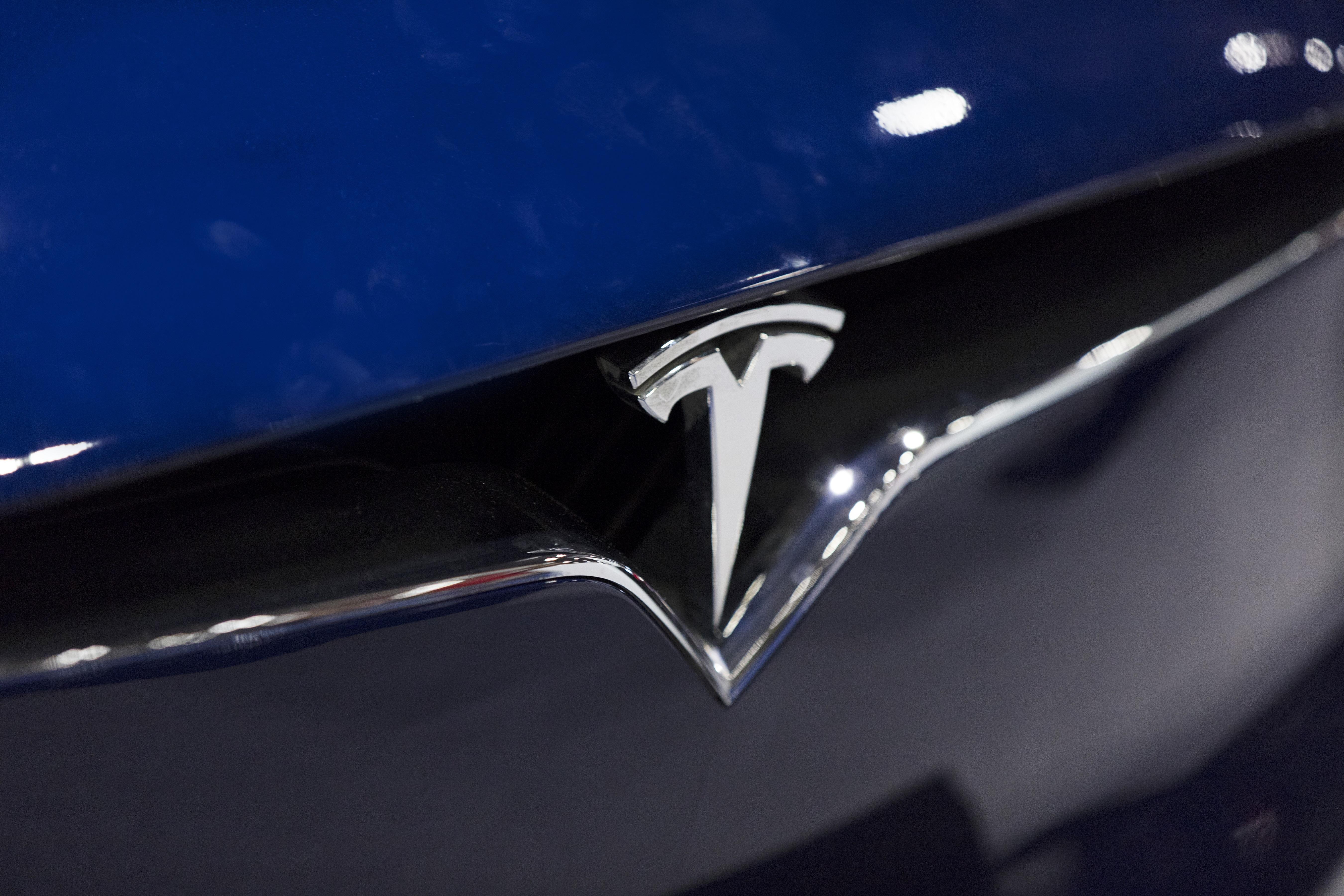How Debt Could Impact Tesla Stock
Tesla had about $13.3 billion in total debt on its balance sheet at the end of September. At the beginning of the year, the total debt was $11.9 billion.
Dec. 9 2019, Updated 11:33 a.m. ET

Tesla (TSLA) stock has been rising since its third-quarter earnings. Analysts reacted positively to the company’s profits, which pushed the stock up by about 37% sequentially. If the company continues to deliver earnings expansion in its upcoming results, the stock could continue to surge.
Earnings expansion seems possible due to the company’s growth activities. Tesla is expanding globally. In this phase, the company will need funds, which it could earn or borrow. With the company just turning to profits, debt will play a crucial role in its expansion plans and eventually the stock’s direction. So, we’ll examine Tesla’s current leverage position and its future direction.
Total debt in Tesla’s capital structure
Tesla had about $13.3 billion in total debt on its balance sheet at the end of September. The company raised its debt this year. At the beginning of the year, the company’s total debt was $11.9 billion.
Tesla’s total debt-to-total capital ratio was 64.1% on September 30. The ratio was slightly higher than the peer average of 61.8%. The peers considered for the average estimation are Ford, General Motors, Fiat, and Ferrari. Tesla’s above-average debt means that it had more debt in its capital structure compared to its peers. The scenario is possible for a company that’s in the process of redesigning its operations worldwide.
Net debt position
Tesla also had about $5.3 billion in cash on its balance sheet. The company’s cash flow from operations rose from $863 million in the first nine months of 2018 to $980 million in the first nine months of 2019. Notably, the company’s cash balance also rose during the year. CEO Elon Musk stated that the cost-saving exercise supported the company’s cash flows.
Musk said, “We shifted back to GAAP profitability while also generating strong free cash flow. And again, this would not be possible without each employee doing their part to reduce cost. Our operating cost is now at the lowest level since Model 3 production started.”
Tesla’s net debt-to-adjusted EBITDA ratio was 3.6x. The company’s net debt was 3.6x it’s trailing 12-month earnings. Notably, the ratio has fallen in the past six months. At the end of March, the ratio was 5.1x. Also, the company’s net debt-to-adjusted EBITDA ratio was below the peer average of 3.9x. The ratio’s fall and below-average positioning are positive signs for the company’s stock owners.
What does Tesla’s debt analysis indicate?
Tesla’s debt position shows that it’s almost in line with its peers in the industry. While the total debt-to-capital ratio is a bit higher, the net debt-to-EBITDA ratio is a bit lower. Although the company has a high level of debt on its balance sheet, it also has a considerable amount of cash.
The company plans to build manufacturing sites across the globe. As a result, the company’s debt and cash levels will likely vary. Tesla just built its Gigafactory 3 in China, which will deliver Model 3 to its customers. To learn more about Model 3, read Tesla Stock: What Model 3 Means for the Company.
Tesla is in the process of installing equipment at its Fremont site to produce Model Y. Also, the company announced the construction of Gigafactory 4 in Germany. The company plans to set up more facilities across the globe. So, growth activities and required funds will likely accelerate in the future.
However, as the factories start coming online, it will add to the company’s bottom line. The earnings expansion will also boost the stock. In 2020, Tesla’s Model 3 from China and Model Y from Fremont could boost its earnings and cash flows. Since the company will have more cash, it could invest in growth activities or partially repay debt. The process could continue for the next few years until the company has fully established its worldwide sites.
Once Tesla completes a significant portion of the expansion activities, it will likely have surplus cash. The company could use the cash to repay debt.
So, Tesla’s capex towards its global capacity expansions and product launches will drive its earnings expansion. The capex will be funded by the company’s cash, debt, or both.
